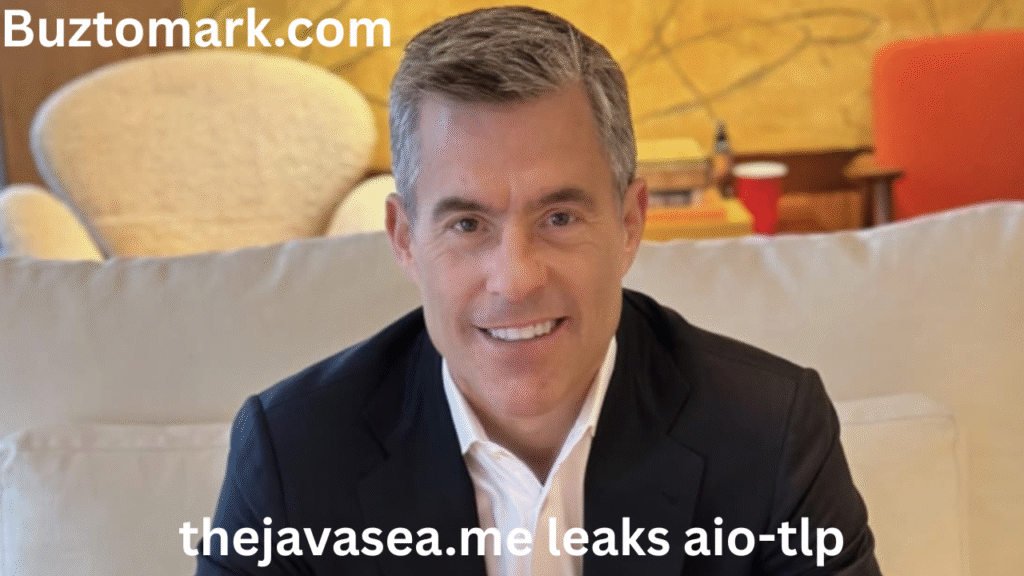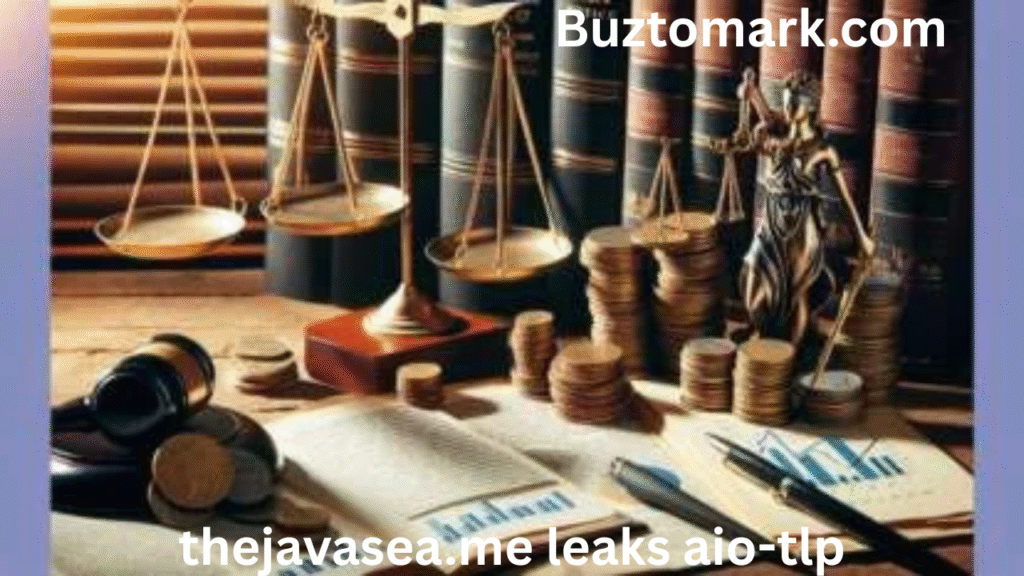Understanding the Brook Taube Wells Notice, ??, and What It Means for Investors

The Brook Taube Wells Notice, ?? has drawn significant attention in financial and investment circles. For those unfamiliar, a Wells Notice is a formal communication from the U.S. Securities and Exchange Commission (SEC) indicating that the staff is considering recommending enforcement action against an individual or entity. In this context, the involvement of Brook Taube—a prominent figure in finance—has made the notice especially noteworthy. This development raises questions about regulatory compliance, due diligence, and the broader implications for investors and the financial markets.
What Is a Wells Notice?

A Wells Notice is not a final determination of wrongdoing, but rather a procedural step in the SEC’s enforcement process. It informs the recipient that the SEC has completed its investigation and is considering civil charges or sanctions. The recipient is given an opportunity to respond in writing, presenting their side of the story before any formal enforcement action is taken.
In the case of the Brook Taube Wells Notice, ??, the implications are particularly significant because of Brook Taube’s established reputation and leadership role in the investment industry. Understanding this process is key for investors who want to gauge potential risks and anticipate the outcomes of such regulatory developments.
Who Is Brook Taube?

Brook Taube is a well-known financier, co-founder, and leader in investment management. He has been involved in numerous ventures over decades, specializing in credit, equity, and alternative investments. His name has often been associated with innovative approaches to finance and asset management.
The Brook Taube Wells Notice, ?? therefore represents a notable moment, not just for Taube personally, but for the broader investment community watching to see how a respected industry figure responds to SEC scrutiny.
Why the Brook Taube Wells Notice, ?? Matters

For industry professionals and investors, this notice is not just about one individual—it’s about understanding how regulatory agencies operate and what triggers such actions. A Wells Notice may impact:
- Investor Confidence: Even without proven wrongdoing, the existence of a Wells Notice can shake investor trust.
- Market Reputation: For leaders like Brook Taube, reputational management is essential in times of regulatory attention.
- Operational Transparency: It prompts firms to evaluate their own compliance practices to avoid similar situations.
The Brook Taube Wells Notice, ?? thus becomes a lens through which stakeholders can study the intersection of leadership, compliance, and market dynamics.
The Process After a Wells Notice
When the SEC issues a Wells Notice, the recipient typically has 30 days to respond. This written response, called a “Wells Submission,” allows the individual or company to argue why enforcement action should not be taken.
For the Brook Taube Wells Notice, ??, the next steps may include:
- Preparation of Legal Defense: Taube and his legal team would likely craft a detailed Wells Submission.
- Negotiation Possibilities: In some cases, discussions with the SEC may result in a settlement or reduced charges.
- Public Disclosure Considerations: Since market perception is key, public statements must be carefully managed.
Understanding this timeline helps investors anticipate developments and interpret market reactions more accurately.
Potential Implications for the Financial Sector
The issuance of a Brook Taube Wells Notice, ?? carries ripple effects across the investment world. Potential consequences include:
- Policy Review in Other Firms: Companies often review their compliance structures after seeing industry leaders under scrutiny.
- Investor Due Diligence: Shareholders and analysts may become more cautious, conducting deeper risk assessments before making decisions.
- Heightened Regulatory Oversight: A high-profile notice can lead to broader investigations in related market segments.
Lessons for Investors from the Brook Taube Wells Notice, ??
Investors can take away several key lessons from this situation:
- Understand Regulatory Tools: Knowing what a Wells Notice is and isn’t can prevent panic-driven decisions.
- Separate Allegations from Outcomes: The notice is an early-stage step, not a final judgment.
- Monitor Official Statements: Updates from credible sources can provide more clarity than speculation.
These insights help maintain a balanced perspective when market news becomes dominated by high-profile regulatory actions.
Maintaining Perspective in Market Reactions
While the Brook Taube Wells Notice, ?? may be headline-worthy, investors and professionals must maintain perspective. History shows that some Wells Notices end without enforcement action, while others lead to settlements or penalties. The key is to avoid reactionary decisions based solely on preliminary news and instead monitor verified developments.
For Brook Taube, how he addresses this notice—through legal strategy, public communication, and operational transparency—will play a central role in shaping perceptions and outcomes.
Conclusion: The Broader Significance of the Brook Taube Wells Notice, ??
The Brook Taube Wells Notice, ?? underscores the importance of regulatory awareness, due diligence, and clear communication in the financial industry. While it remains to be seen how the matter will unfold, the event serves as a case study in how high-profile figures navigate the intersection of legal processes, market perception, and investor relations.
For now, industry participants and observers alike will be watching closely, not just to see the outcome for Brook Taube, but to understand what this moment reveals about the evolving landscape of financial regulation and accountability.
Raed More: Beyond The Standard ?? — Unpacking thejavasea.me leaks aio-tlp and Its Digital Implications




